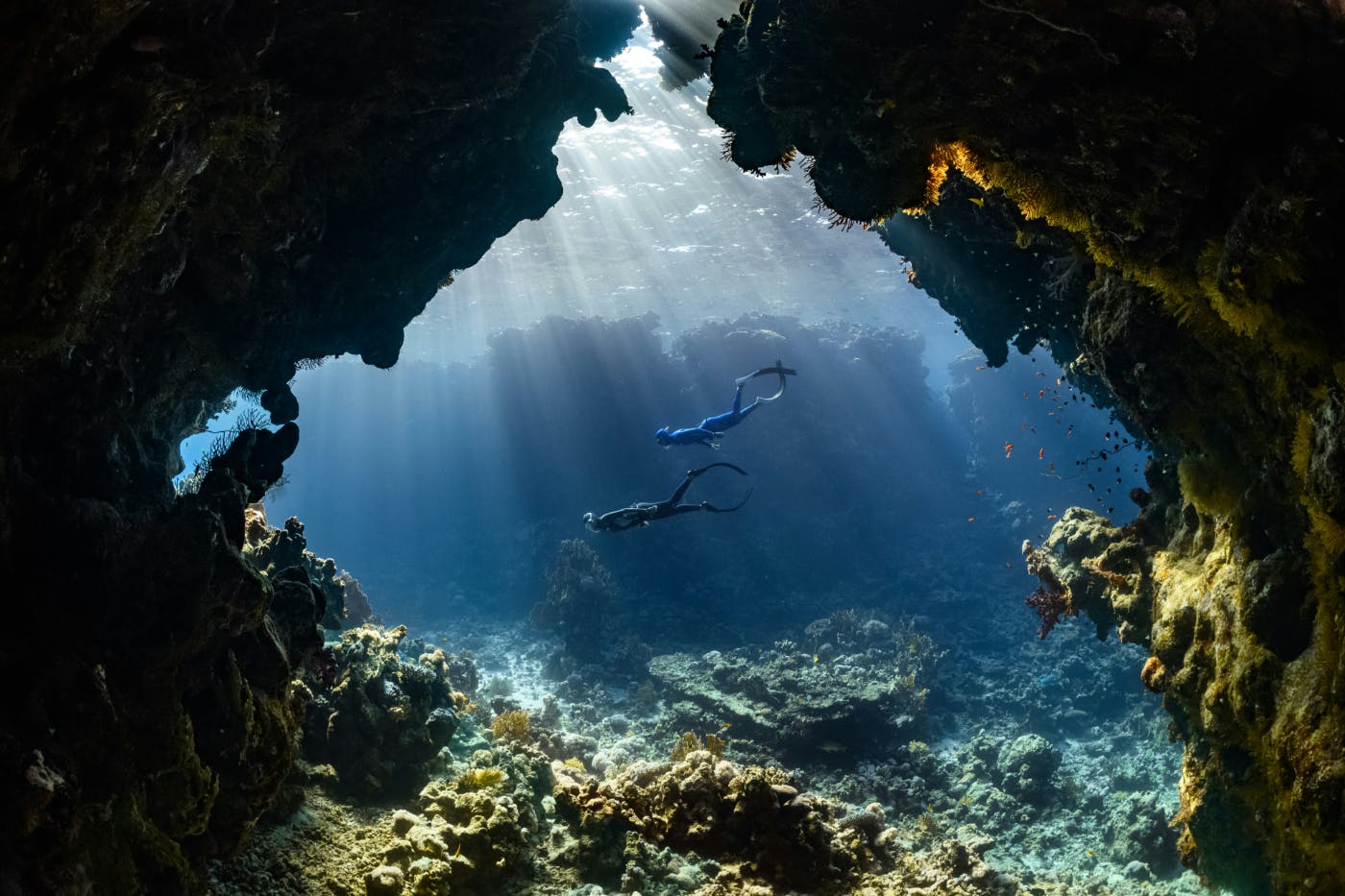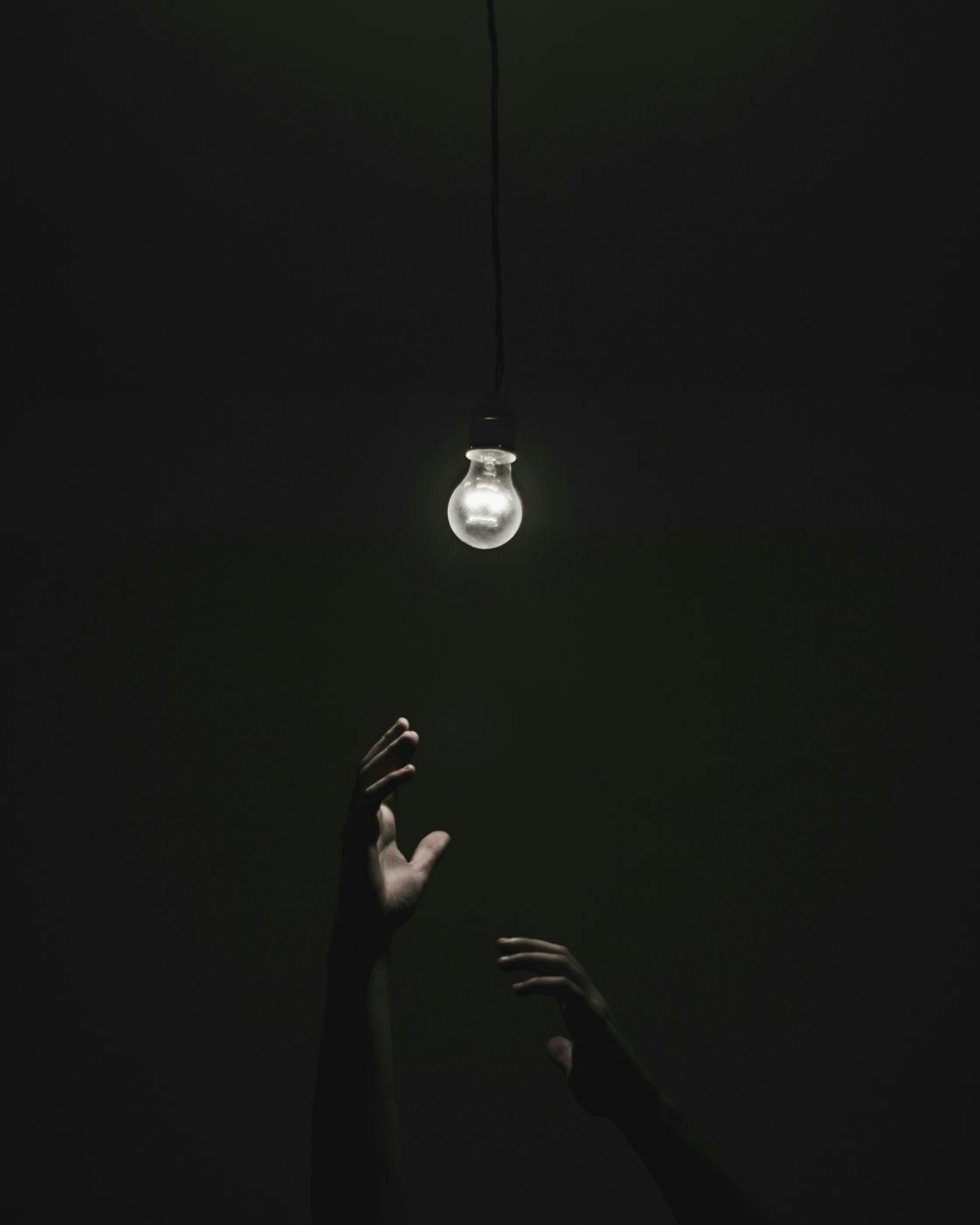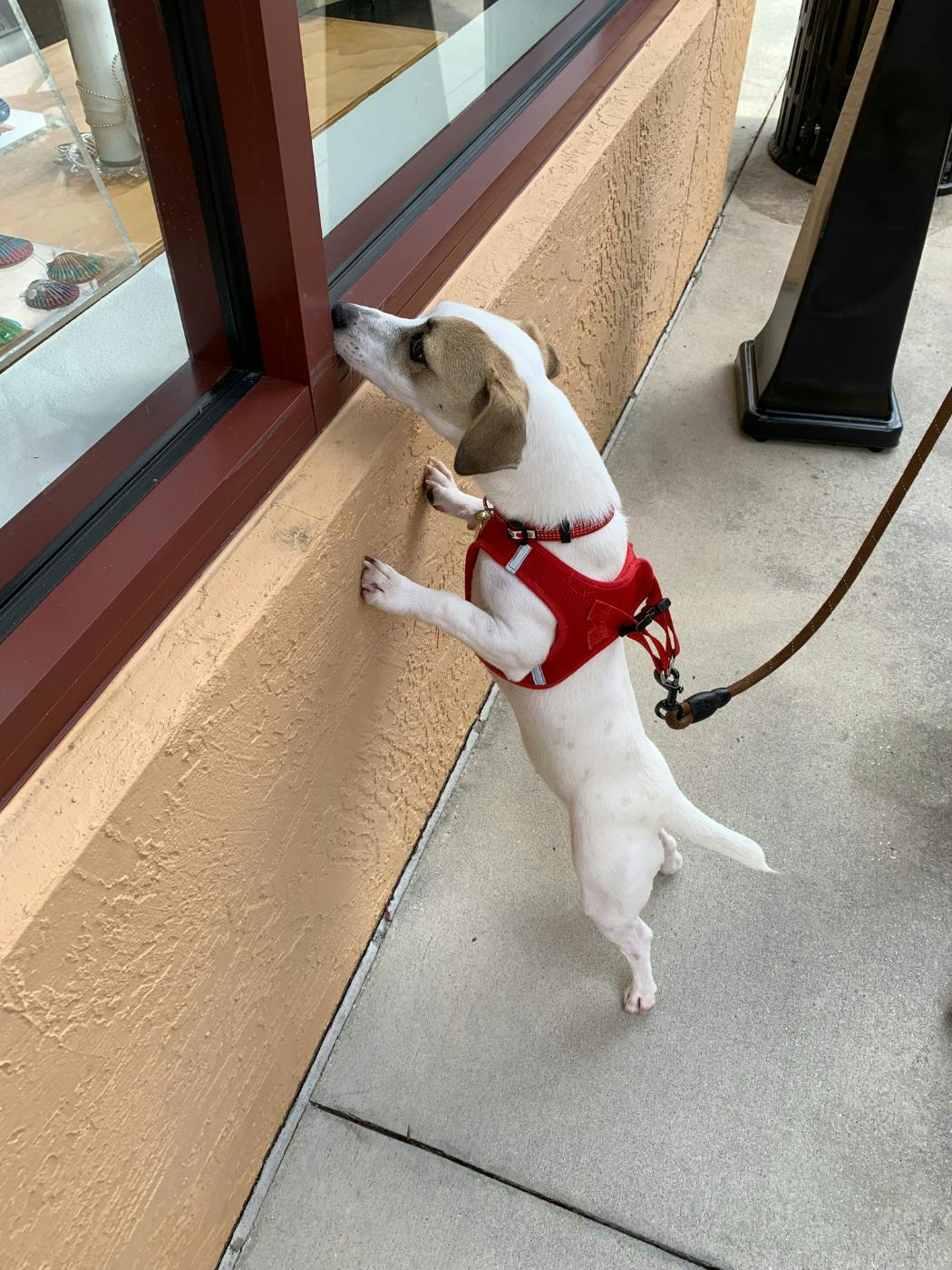

The thing is, curiosity isn’t just about finding answers. It’s about forming questions you didn’t even know you could ask. It’s about the surprise of noticing something you hadn’t thought to notice, or realizing there’s more to the story than the answer on the screen.
Childhood Curiosity: Tide Pools and Encyclopedias
In my youth, I spent the summer on Sunrise Beach in Marshfield, MA—a small town on the South Shore of the state. The cottage was in my father’s family for decades, and we got to use it from the end of the school year to the start of the next at the end of August. Our little cottage was literally steps from the beach, and morning til night, we spent our days in the sand and surf. It was delightful.
Until Jaws came out.
Suddenly, my carefree days of splashing in the surf were replaced with timid steps in the water and eyes constantly scouring the horizon for the telltale dorsal fin of a great white shark that was obviously cashing in on the movie craze and coming into our bathing area to eat us. Before that cinematic nightmare, my days were pretty carefree, filled with the ordinary kind of joy that only a kid can feel when the ocean is your playground and every day is slightly different from the last.
One of my favorite parts of the day was low tide. When the tide went out, a huge area of rocks and tide pools was left behind. I, armed with a trusty bucket and shovel, would spend hours wading through tidal ponds, peering under rocks, and generally being an explorer, discovering new creatures and life under the waves.
I would collect creatures I didn’t know in my bucket and bring them back to the cottage, adding them to a pool of salt water I had in the back, filled with clams, crabs, starfish, and all manner of sea creatures. There was something magical about seeing them interact in that small artificial ecosystem I had cobbled together. Every crab, every snail, every brittle star seemed to have a story, and I was determined to figure out what that story was.
In the cottage, there was a set of encyclopedias—my grandfather’s idea of all the education a person needed. I would look up my finds, hop a bus to the library, pore over reference books, and try to understand what I had discovered. The process was slow, frustrating at times, but endlessly rewarding. There was the thrill of identifying a new species, the minor panic when something didn’t survive the trip back, and the endless fascination of watching creatures behave in ways I hadn’t expected.
I didn’t become a marine biologist, obviously, but something else happened: my curiosity ignited. I learned to be alone, to create my own fun, and to explore on my own terms. I developed the desire to discover. That desire, more than the knowledge itself, became a part of me. It was the joy of figuring something out with your own hands, the subtle satisfaction of puzzling through the unknown. And once curiosity is lit, it doesn’t really go out—it just waits for the next thing to notice, the next rock to turn over, the next question to ask.

Modern Discovery: Instant Answers
Fast-forward a few decades, and I found myself back on a beach, watching kids play in the receding tide. One shouted, “What is this?” and they all gathered around a tiny tidal pond. Phones appeared like magic; pictures were snapped, apps consulted, and within seconds, the answer was in. Then they were off, chasing the next distraction.
I felt a twinge of envy. Instant answers! No bus rides, no dusty encyclopedias, no hours of figuring it out on your own. But I also felt a pang of something else—pity, maybe. The wonder was there for a moment, sure, but the process was gone. The messy, slow, sometimes frustrating journey of discovery—the part where your imagination kicks in and your curiosity deepens—had been skipped.
Now, don’t get me wrong: Googling is discovery. But it’s different. Fast, yes. Convenient, yes. But it doesn’t demand that we wrestle with the unknown, piece by piece, puzzle by puzzle. And that wrestling—that slow, sticky, hands-on curiosity—is what creates insight. It’s what sparks ideas you can’t anticipate, connections that aren’t obvious, patterns you can’t see if all the answers are handed to you instantly.
The thing is, curiosity isn’t just about finding answers. It’s about forming questions you didn’t even know you could ask. It’s about the surprise of noticing something you hadn’t thought to notice, or realizing there’s more to the story than the answer on the screen. That’s where discovery lives: in the gaps between what you know and what you don’t know yet.
The Lost Art of Wonder
There’s something lost in the way modern technology packages discovery into instant gratification. We scroll, we tap, we swipe, and information comes to us fully formed. But that instant answer is like opening a book only to see the last page first. Sure, you know what happened, but you’ve missed the journey, the build-up, the learning that comes from the struggle.
And yet, I’m not here to scold or romanticize “the good old days.” Technology can spark curiosity too—it can connect us to experts, show us images we’d never see in our own backyard, and open doors to new worlds. But it’s easy to forget that knowing something isn’t the same as understanding it. Instant discovery can satisfy, but it rarely challenges or stretches the mind in the same way that hands-on exploration does.
There’s a quiet magic in struggling with something unknown. In standing over a tidal pond and peering under a rock, wondering, what is this, and why does it matter? In the pause before Googling, there’s a tiny, vital moment where your mind turns over the possibilities, pieces together what it already knows, and wonders what it doesn’t. That moment—the small, almost imperceptible one—is where curiosity thrives.

Curiosity and Brands
Which, of course, makes me think about brands. In the same way that kids can now instantly know the name of a crab, brands can instantly pull metrics, trends, and dashboards. But if curiosity is missing—the willingness to dig deeper, to notice the small patterns, to ask “why” and “what if”—then data is just numbers. Discovery, insight, and innovation? Those require patience, attention, and a little stubbornness.
Curiosity, in the end, isn’t about nostalgia or the romance of low tides. It’s about a mindset—one that can be applied anywhere, by anyone, at any age. The same muscle that made me flip rocks and peer under seaweed can be exercised in a marketing meeting, a product brainstorm, or a brand strategy session. It’s about noticing the small things that others might dismiss—the crab hiding in plain sight, the shift in a customer’s behavior, the subtle pattern in a set of metrics that no dashboard will highlight.
Brands that cultivate curiosity don’t just react—they anticipate. They spot what’s off, what’s emerging, what’s being ignored. They experiment in ways that aren’t always obvious or immediate. Think about the companies that surprise us with products we didn’t even know we wanted. That kind of insight doesn’t come from a dashboard or a focus group alone—it comes from paying attention, asking questions, wondering “what if,” and sometimes wandering off the beaten path just to see what happens.
Curiosity also gives brands resilience. When the market shifts or a campaign flops, curious teams don’t panic—they learn. They dissect, probe, and explore. They ask questions like a kid with a tide pool full of unknown creatures: Why did this happen? What else is connected? What can we try next? That mindset turns failure into feedback and iteration into opportunity.
And here’s the kicker: curiosity fuels connection. When a brand notices, wonders, and experiments, it understands people in ways that pure data cannot capture. It sees the emotion behind a purchase, the nuance behind a social trend, the small but meaningful gestures that build loyalty. That’s how a brand becomes more than a logo or a product—it becomes something people trust, something people return to, even when the internet has 100 alternatives a thumb scroll away.
ThoughtLab’s research backs this up. Organizations that foster curiosity—teams willing to explore anomalies, question assumptions, and test hypotheses—outperform those that rely solely on data or rote process. They turn raw information into insight, insight into decisions, and decisions into strategies that keep a brand relevant, resilient, and remarkable. The thrill isn’t just in finding the answer—it’s in chasing it, questioning it, and following it wherever it leads.

Summing Up
So maybe that’s the takeaway for all of us: notice more, wonder more, ask more. Get your hands dirty in the world around you, whether that’s a tide pool or a market report. The answers will come—and the discoveries, the ones that actually matter, are the ones you earn along the way. Curiosity, in the end, is the spark that makes the hidden obvious, the ordinary extraordinary, and the world a little more interesting—whether you’re a kid on a beach or a brand trying to make its mark.
